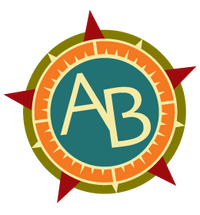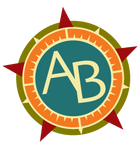Foraging for Wild Edibles: Tips for Finding Food in Nature's Pantry

There’s something incredibly rewarding about stepping off the beaten path and into nature’s pantry to forage for wild edibles. It connects us to the land, makes us more mindful of our surroundings, and adds a little adventure to our hiking experiences. Whether you're new to foraging or looking to sharpen your skills, this guide offers practical tips for safely finding food in the wild.
First things first: always know what you’re picking. When it comes to foraging, not everything that grows wild is safe to eat. It’s crucial to educate yourself on local plants before heading out. A good rule of thumb? If you can’t positively identify it, leave it alone. Start with easy-to-identify plants like wild berries, dandelions, or clover, and invest in a solid guidebook to help you with identification. You can also join a foraging group or take a workshop to gain confidence in the field.

Just like gardening, foraging requires you to understand the seasons. Some plants are best harvested in spring, while others are more plentiful in late summer or fall. For example, ramps (wild leeks) are a springtime treasure, while blackberries and elderberries thrive in the summer. Learn the growth cycles of wild plants in your area, and time your hikes accordingly for the best chance of finding these natural goodies.

When you do find an edible jackpot, resist the temptation to over-harvest. Remember, you’re sharing nature’s bounty with wildlife and other foragers, so take only what you need and leave plenty behind to ensure the plant can continue to thrive. A good rule of thumb is the 1-in-4 rule: for every four plants you find, harvest one. This helps maintain the ecosystem and ensures a sustainable food source for years to come.
Not all wild plants are safe to eat, even if they are edible. Plants growing near roads, industrial sites, or treated lawns can be contaminated by chemicals, heavy metals, or exhaust. When foraging, aim for areas that are off the beaten path—protected forests, remote trails, or public lands where nature has had time to flourish away from human interference.

Even edible plants can become unsafe if not prepared correctly. For example, some wild greens, like nettles, need to be cooked to remove their sting, while acorns require leaching to rid them of their bitter tannins. Research how to properly clean and prepare your foraged finds to avoid any unpleasant surprises. And, of course, practice food safety by washing everything thoroughly before consuming.
Foraging is about more than just filling your belly. It’s about building a deeper relationship with the environment. The act of searching for wild edibles invites you to slow down, observe the natural world, and appreciate the abundance around you. Every time you head out on the trail, you’ll develop a sharper eye and a greater understanding of the intricate ecosystems that sustain us.

By foraging responsibly and with care, we can enjoy the gifts of the wild while protecting these precious resources. So next time you're gearing up for a hike, slip into your favorite American Backcountry tee, grab your foraging bag, and head out to discover what nature has in store.
Disclaimer: American Backcountry is not responsible for any consequences that may arise from foraging or consuming wild plants. Always ensure proper identification and preparation of wild edibles, and consult with a local expert if you are unsure.




Leave a comment